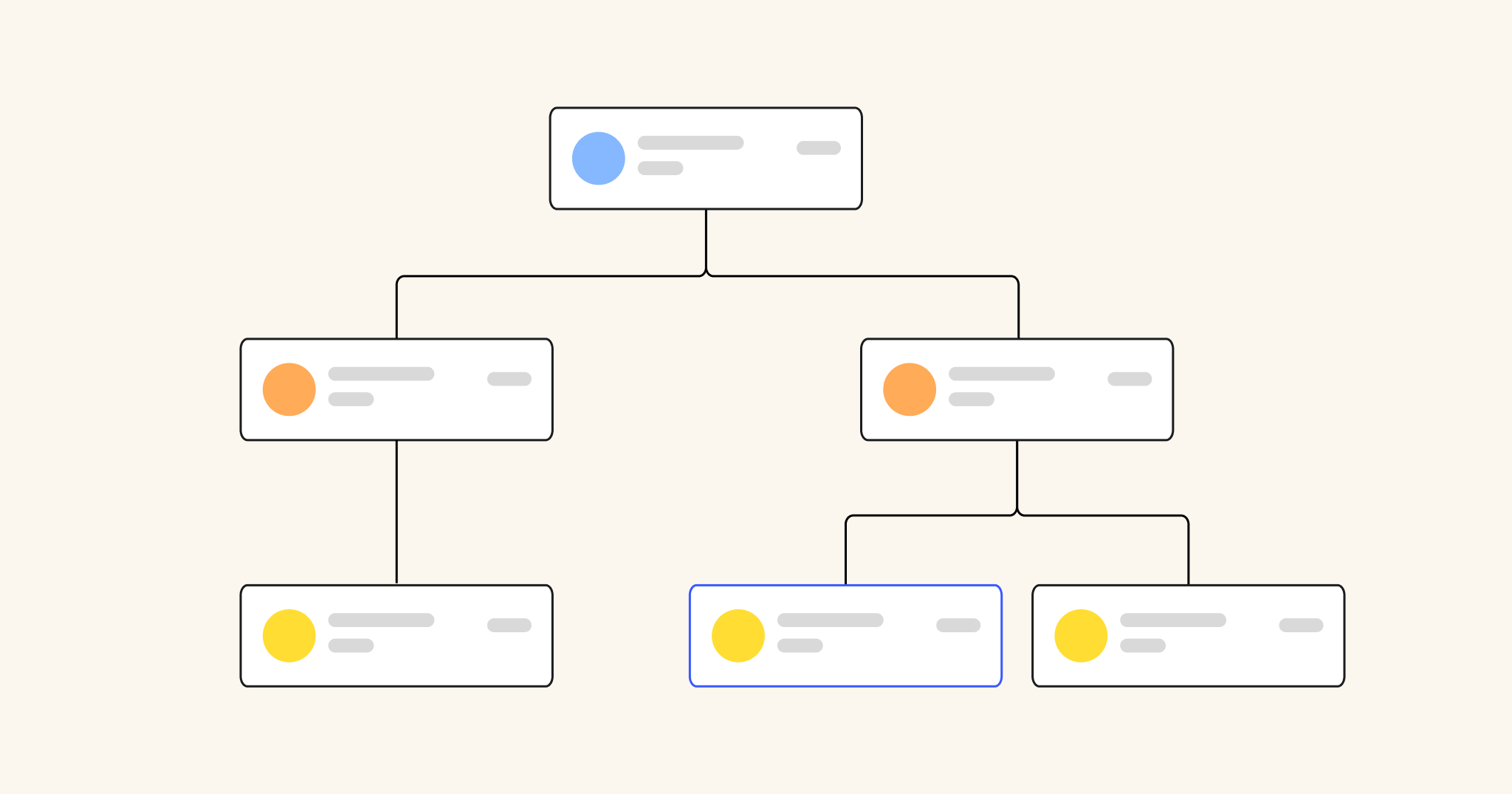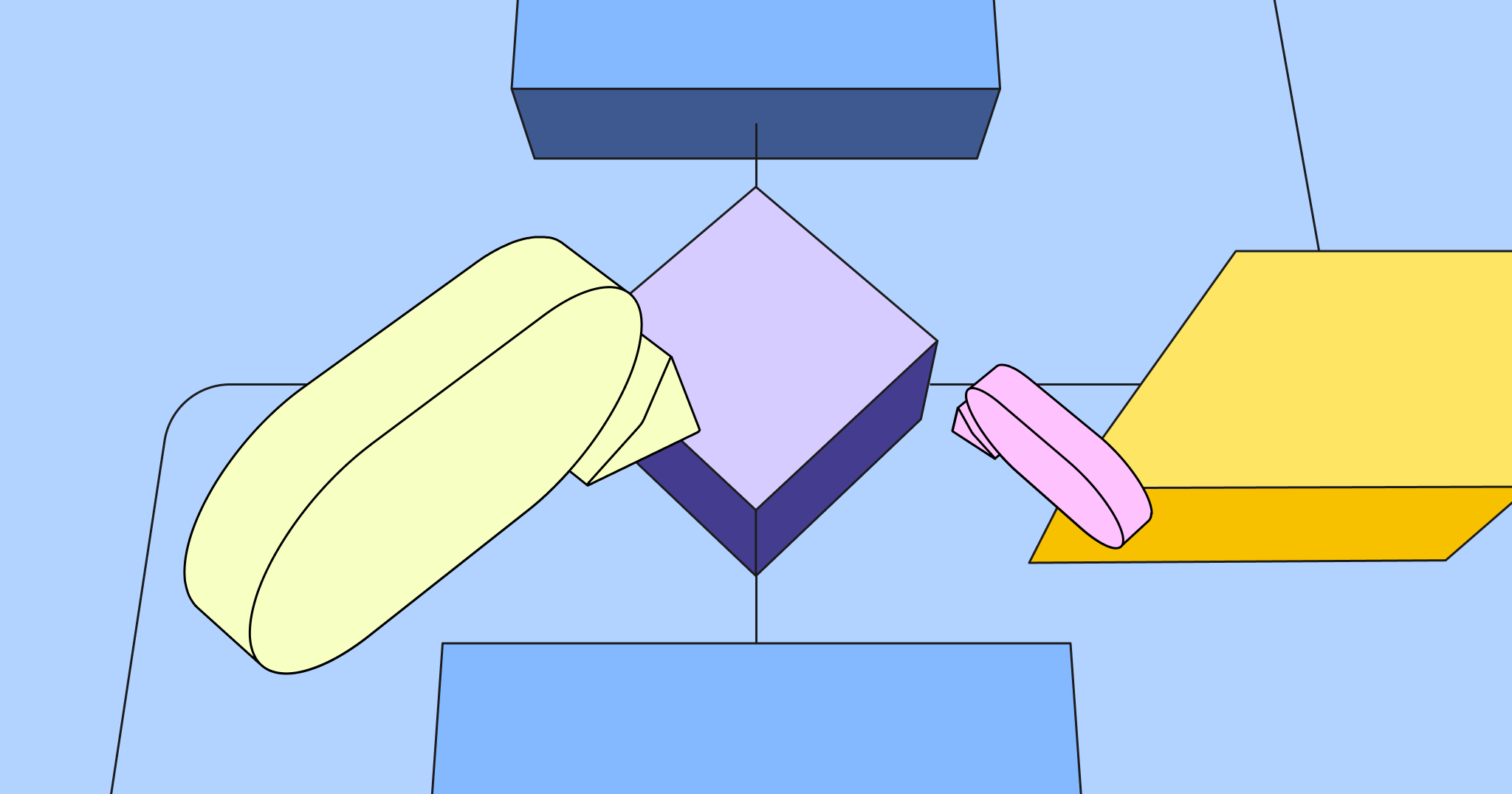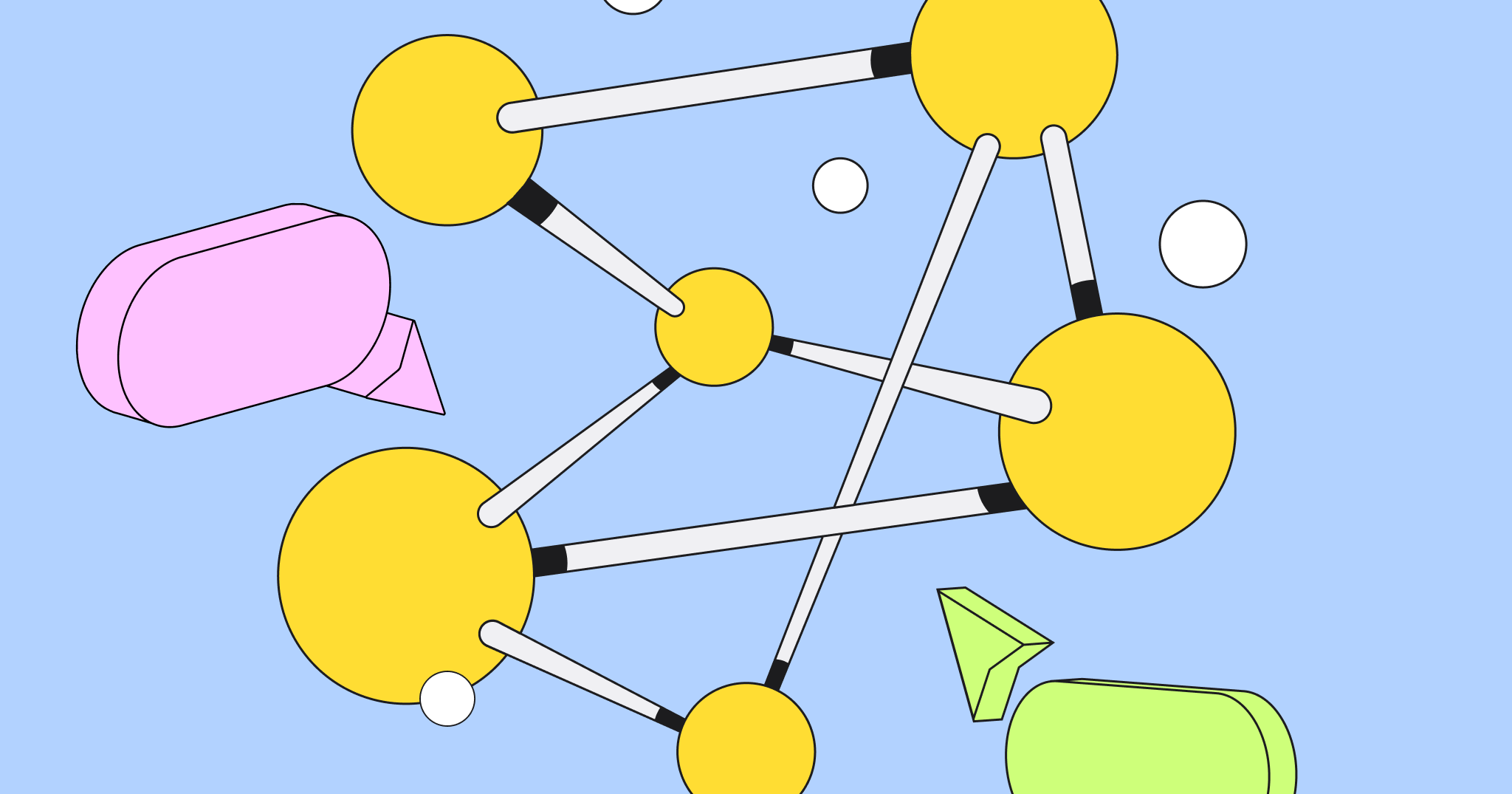An organizational chart (often called an “org chart” for short) is a visual representation of your company’s structure, including its hierarchy and how departments are connected.
In most cases, this diagram is relegated to the company intranet or a random folder. And while you might dust it off for the occasional presentation or update it when you remember, it’s typically viewed as a piece of stagnant documentation as opposed to what it could be: a beneficial resource.
In fact, when done well, an org chart can go beyond corporate convention and become an asset that improves all types of organizational communication. Let’s dig into exactly why this diagram is helpful and the 10 different types of communication it can benefit.
Clarity, connection, and collaboration: 6 ways organizational charts improve communication
Think it sounds like a lofty accomplishment for a humble diagram? Here are six different ways your organizational chart improves communication.
1. Clarifying roles and responsibilities
The primary goal of an org chart is to outline who does what within the company. That level of clarity reduces confusion, eliminates bottlenecks, and prevents overlapping duties — all of which contribute to more efficient workflows and fewer staff conflicts.
2. Streamlining communication channels
Particularly in remote or hybrid workplaces, employees don’t always know the go-to person for specific questions, approvals, or challenges (and they might have to ask around to figure it out). Your company org chart quickly steers them to the correct person and supports better cross-functional collaboration.
3. Improving visibility and transparency
Companies aren’t static. When things change — whether it’s a reorganization, merger, or acquisition — your org chart provides much-needed visibility into the company’s future, what’s changing, what’s staying the same, and where employees fit in.
4. Facilitating decision-making
Only 15% of companies excel at decision-making. While it’s a multi-faceted challenge, ambiguity around key decision-makers and what decisions they’re accountable for can slow down the process. Your org chart displays a clear hierarchy and reporting lines, making it easier for every employee to understand who leads the charge for each function and decision.
5. Onboarding and acclimating new hires
Starting a job is overwhelming and it’s easy to lose track of who’s who (and what they do). Providing new employees with an org chart helps them better understand where they fit in, as well as who they should approach for guidance as they get up to speed.
6. Supporting external communication
From clients to partners and board members, your org chart helps external stakeholders determine who to contact for specific needs, while also providing more transparency into company growth, staffing, succession planning, and skill gaps.
Digging deeper: 10 types of organizational communication
Organizational charts are an undeniable asset for better communication in your company. But let’s dig a little deeper into what “communication” actually looks like within an organization.
While the word alone might inspire visions of company announcements, that’s only one facet of organizational communication. Here’s a closer look at the different communication structures — all of which can benefit from a clear and helpful org chart.
1. Formal communication
What it is: Structured communication that happens using designated channels and methods
Example: The company sends an annual report to employees and stakeholders
2. Informal communication
What it is: Casual, unstructured communication that naturally occurs among employees
Example: Employees share weekend recaps in a team Slack channel
3. Vertical communication
What it is: Communication that flows up or down the organizational hierarchy
Example: A manager gives instructions to a team (downward communication) or an employee provides feedback to a supervisor (upward communication)
4. Horizontal communication (also called lateral communication)
What it is: Communication between people at the same level in the organization
Example: Team managers meet to discuss the company’s strategy and priorities
5. Diagonal communication
What it is: Communication that happens across different levels and departments within the organization
Example: A marketing manager discusses an upcoming campaign with members of sales and customer support
6. Grapevine communication
What it is: Informal, unofficial communication that travels unpredictably across the organization
Example: Colleagues whisper about layoff rumors during a coffee chat
7. Internal communication
What it is: Communication that occurs among employees within the organization, whether in a large group or small group
Example: Company leaders share announcements and answer questions during an all-hands meeting
8. External communication
What it is: Communication that occurs between the organization and any external entities, such as board members or customers
Example: A company sends out a press release announcing its latest round of funding
9. Centralized communication
What it is: Information flows through a central person or a few key individuals, typically with a top-down approach
Example: The CEO or leadership team always shares important company decisions and announcements
10. Decentralized communication
What it is: Information is distributed across various points within the organization
Example: Team members freely share information and collaborate, rather than waiting for instructions from management
An org chart communicates one simple thing: the structure of your organization. But it’s not only useful when talking about the composition of your organization. Your org chart provides invaluable context and clarity that can improve (or manage) all of these different types of communication that happen across your company. Better communication helps you align people on goals and strategies, streamline workflows, mitigate conflicts, and ensure every team feels in the loop.
Think about it like this: It’s a lot easier to talk about all aspects of the football game when you understand who the players and coaches are.
Make the most of your org chart with Miro
It’s time to stop thinking of your org chart as a one-time exercise or a box to check because it can actually be a reliable resource for supporting clarity, communication, and collaboration across your company.
The even better news? Creating your org chart in Miro is easier than ever with Miro’s org chart widget. Add or remove cards with a single click, or drag and drop to re-align your org and automatically adjust your layout.




